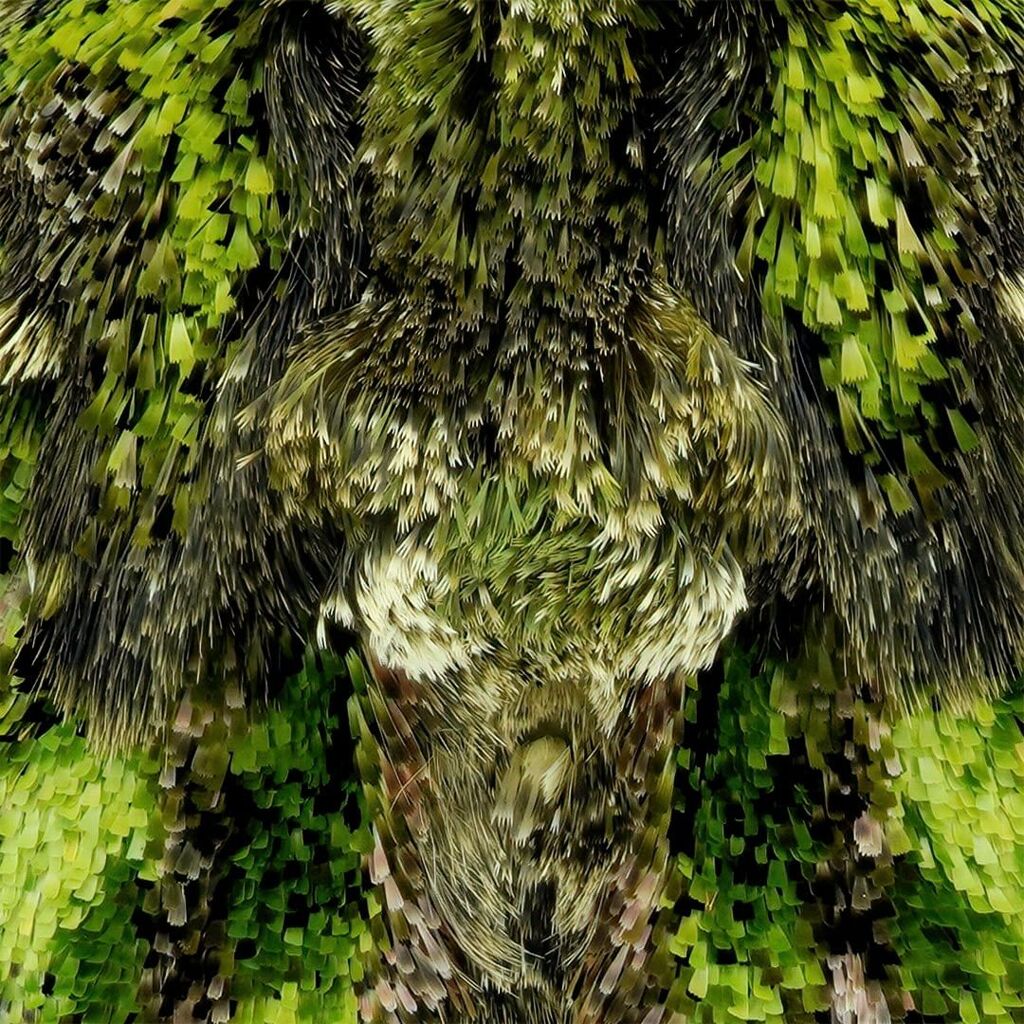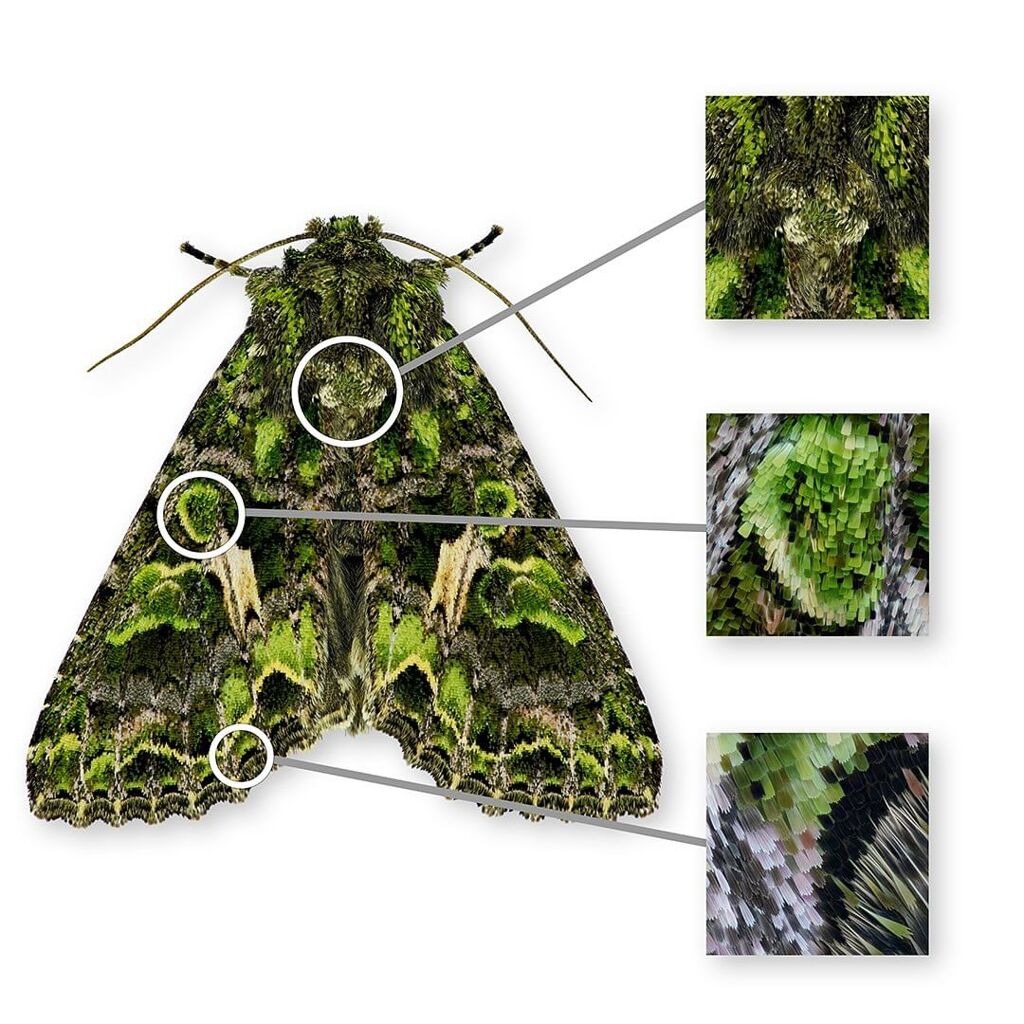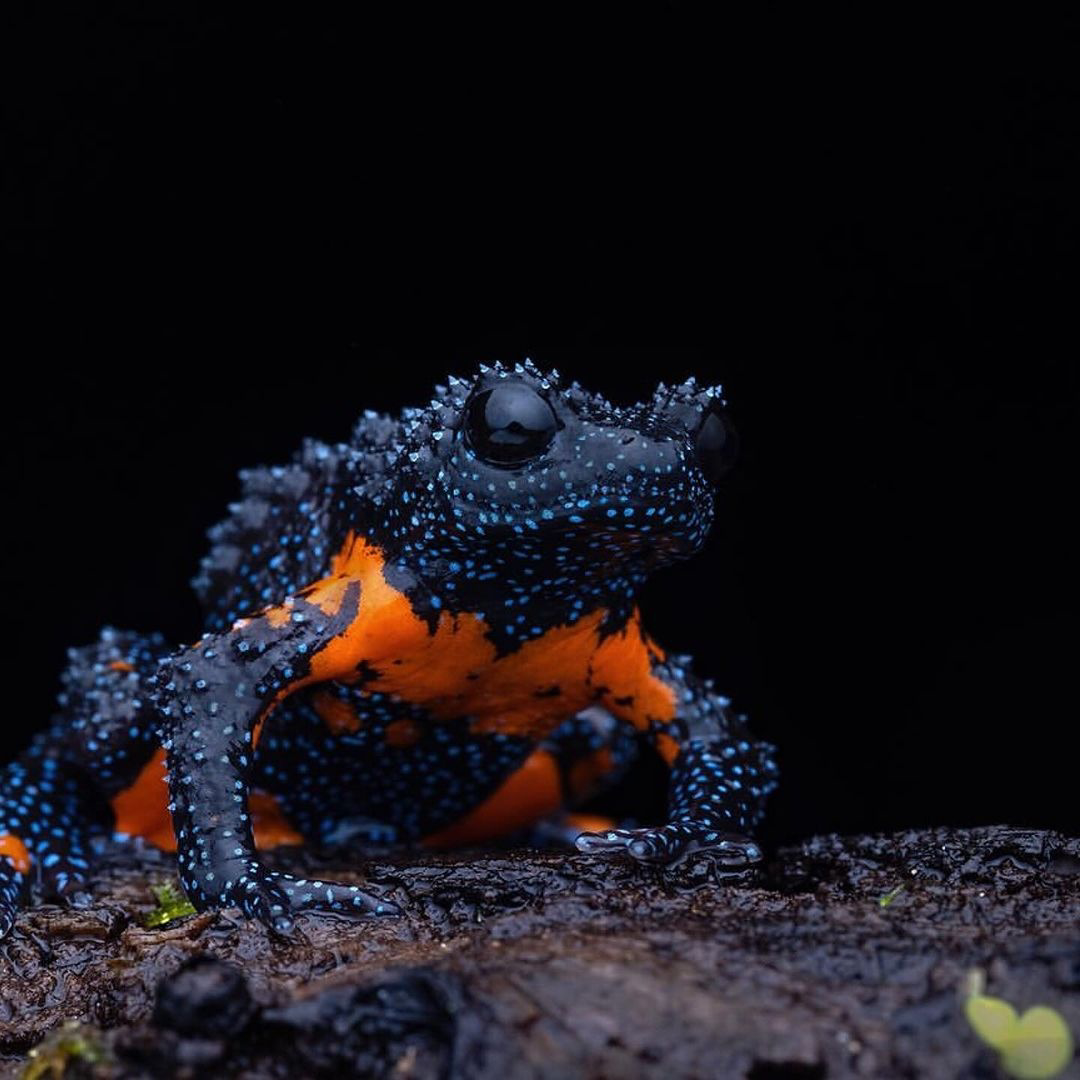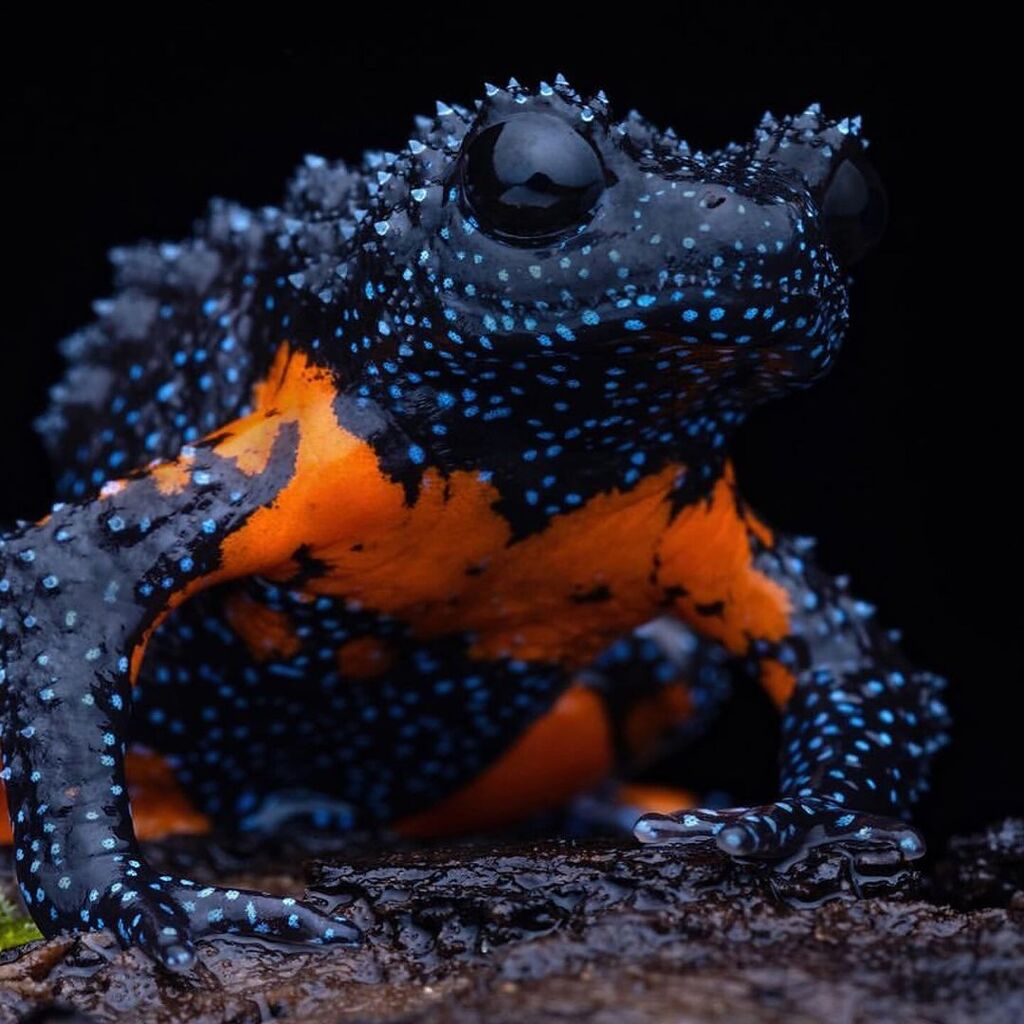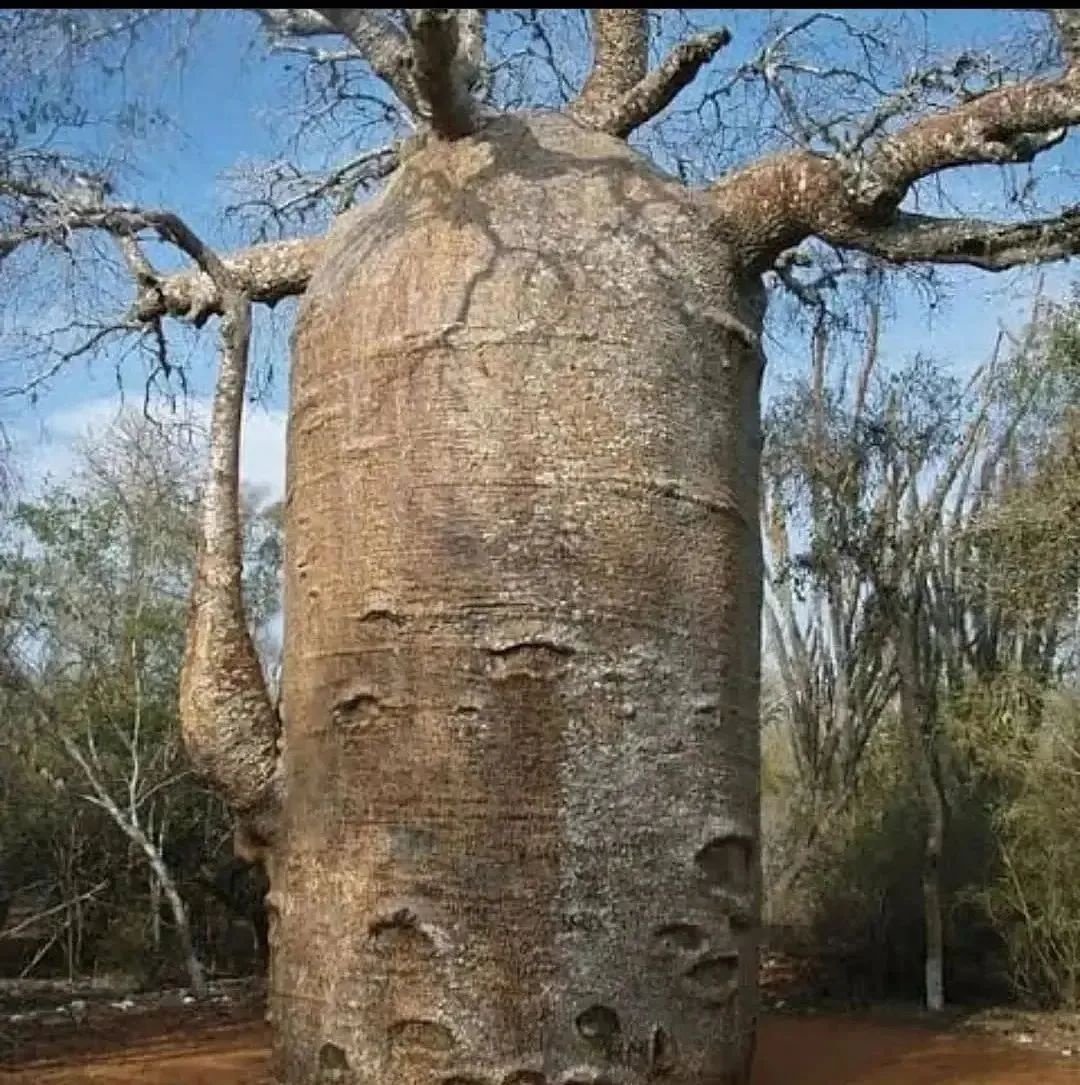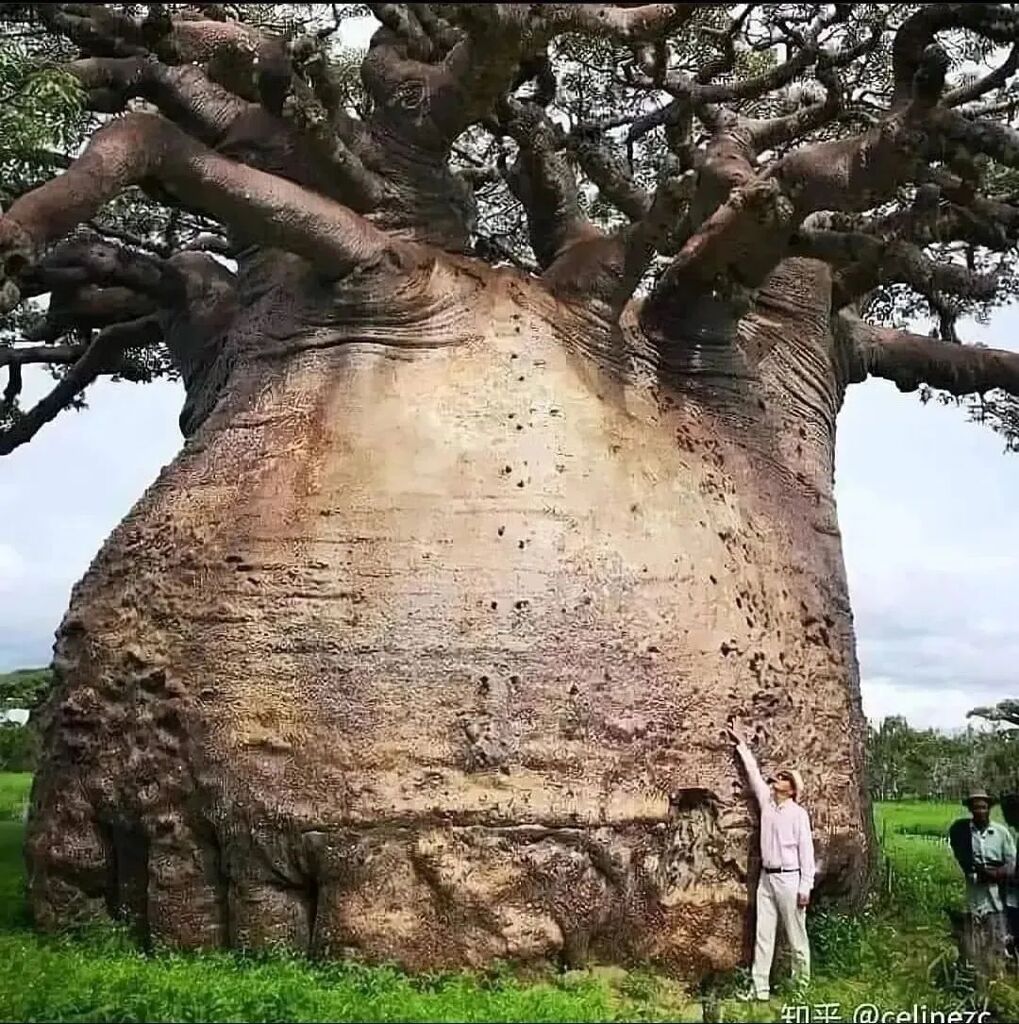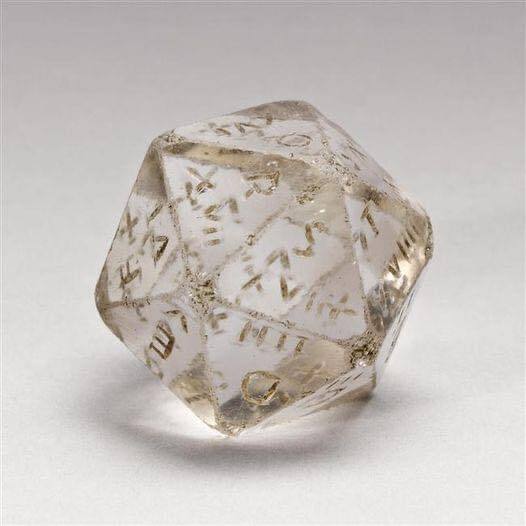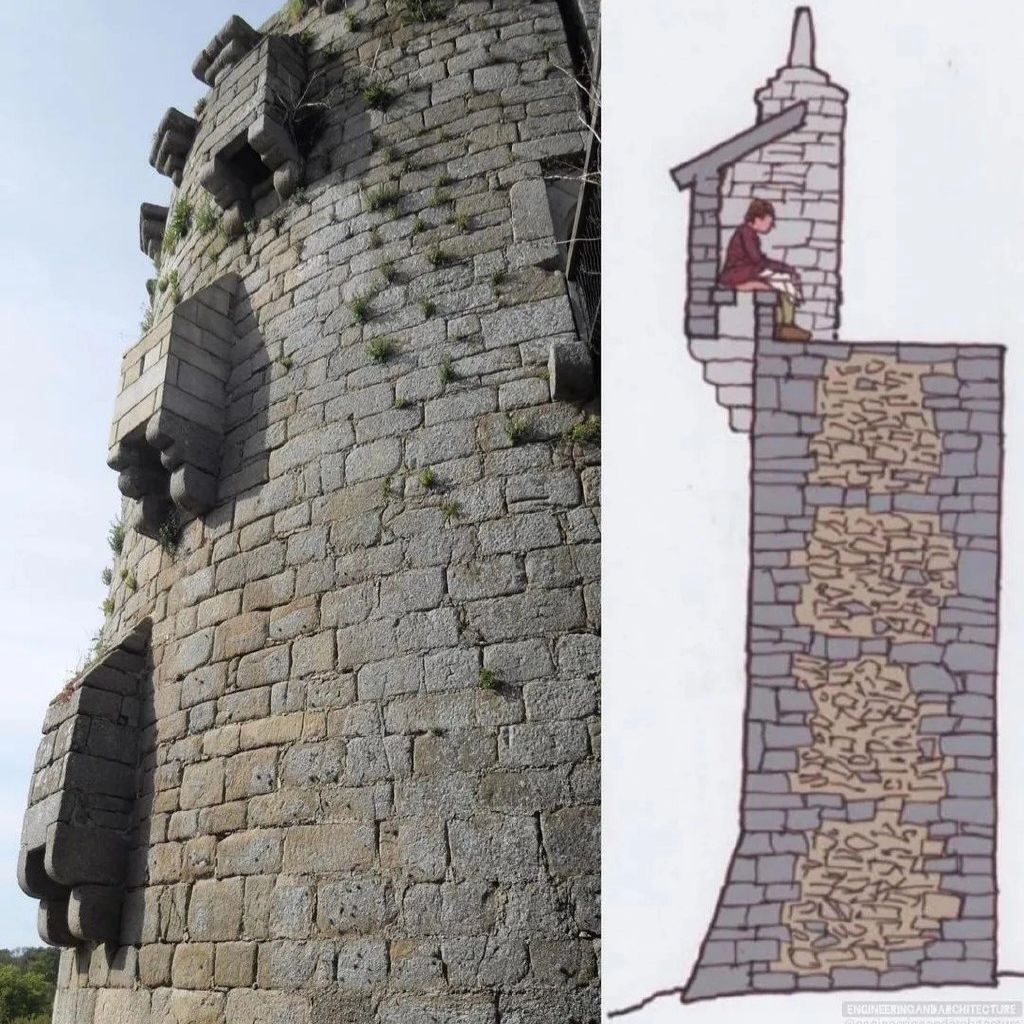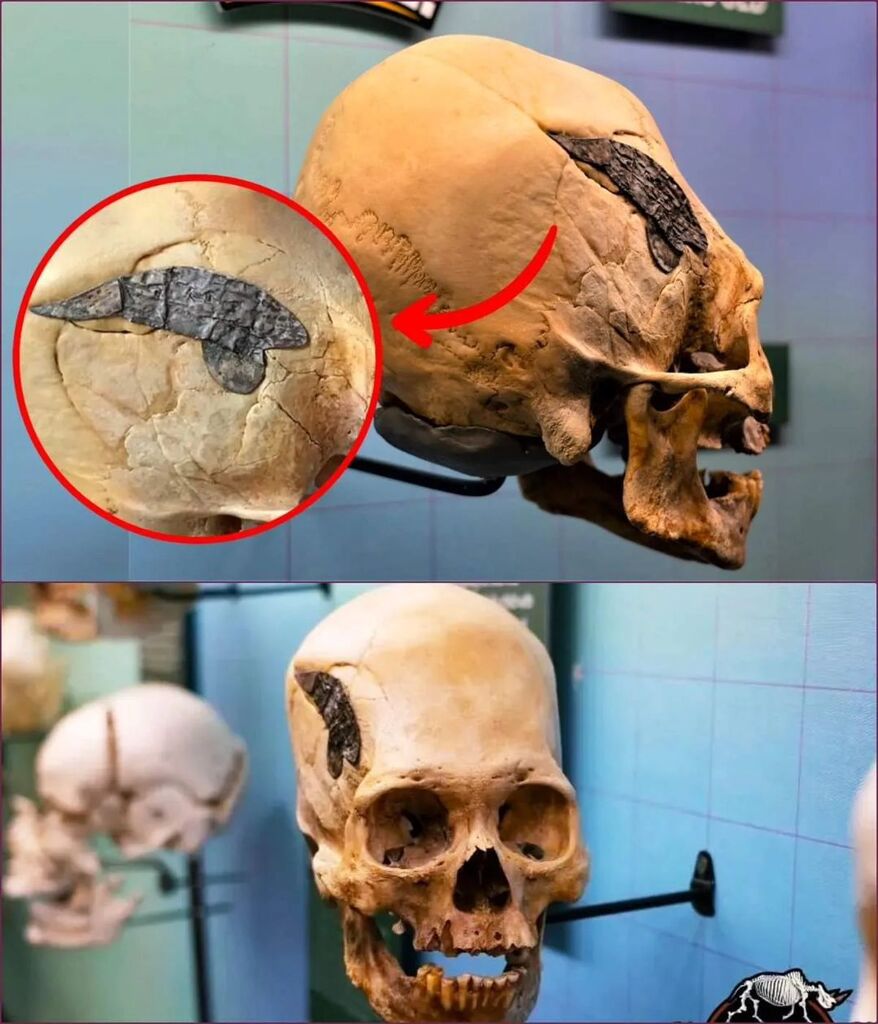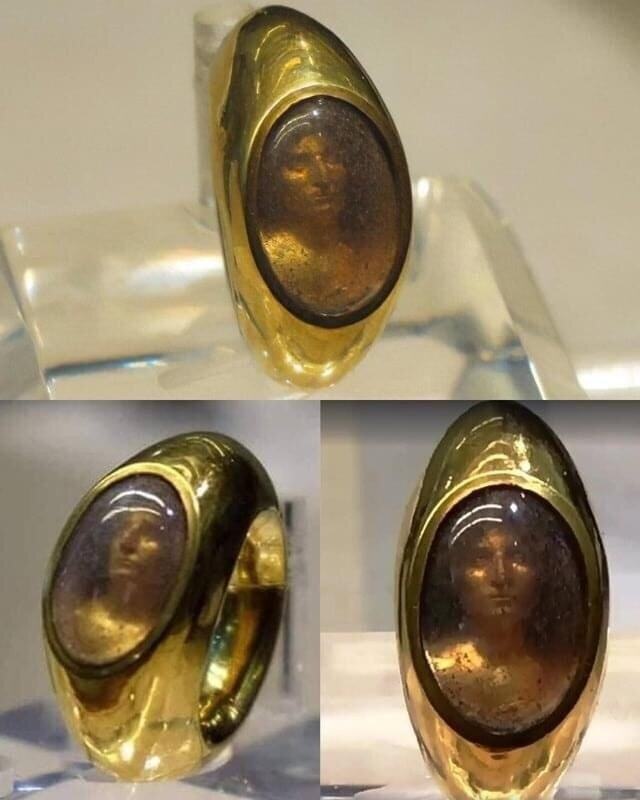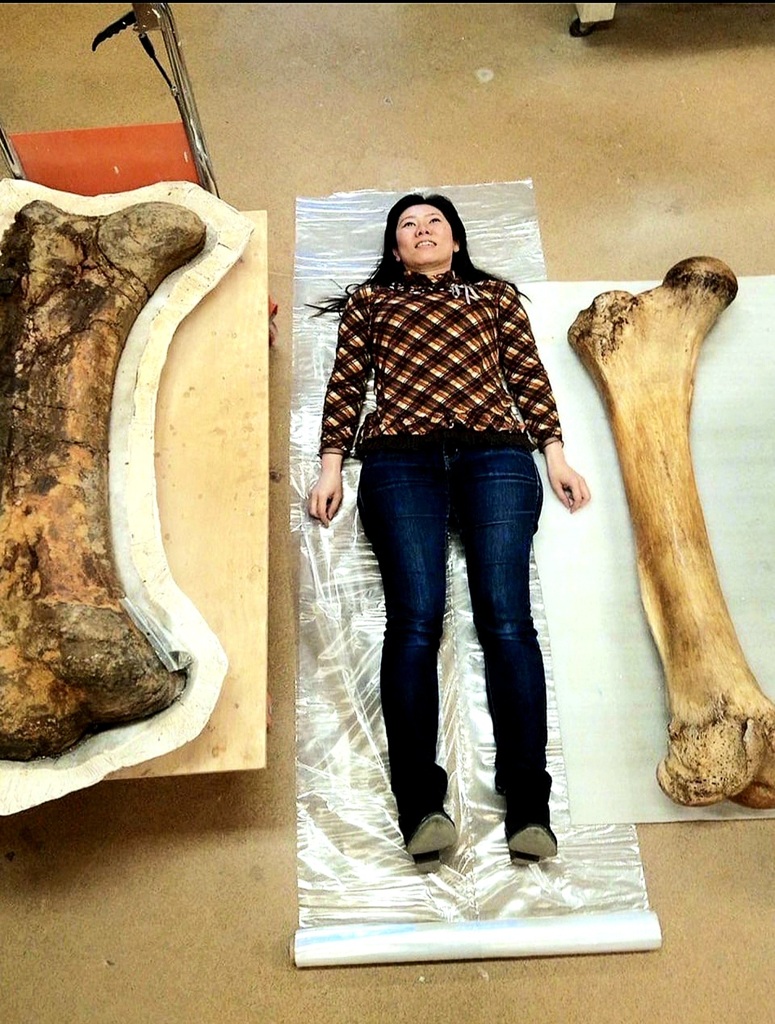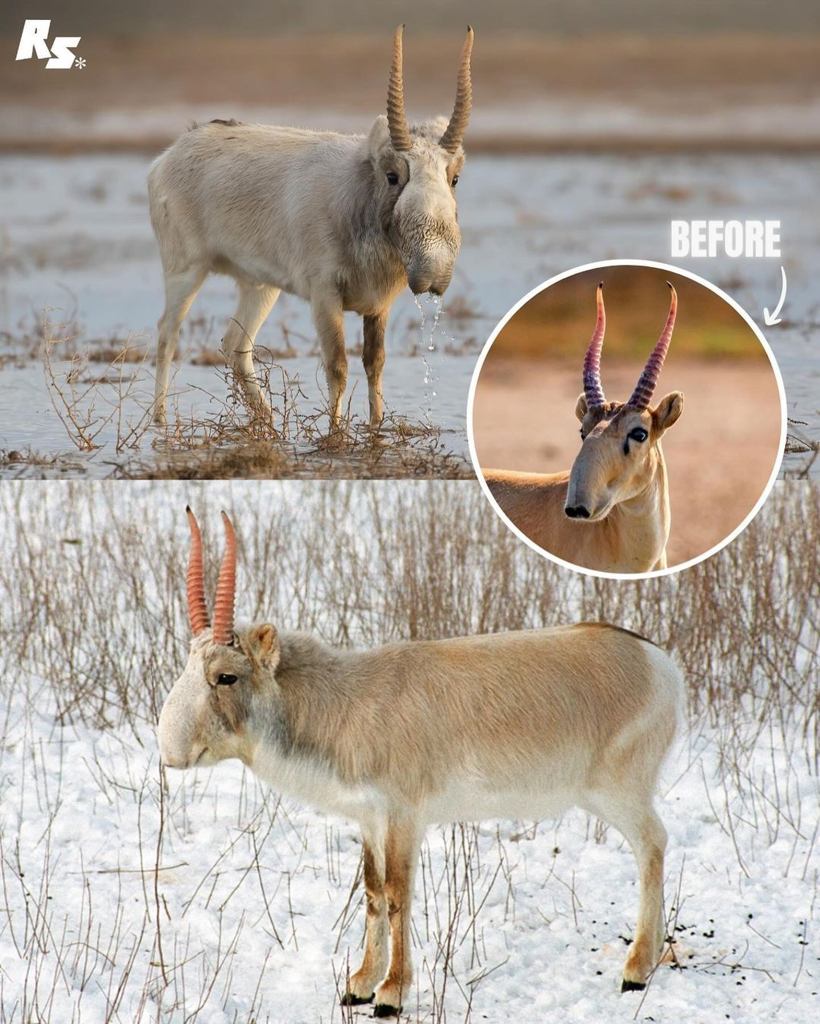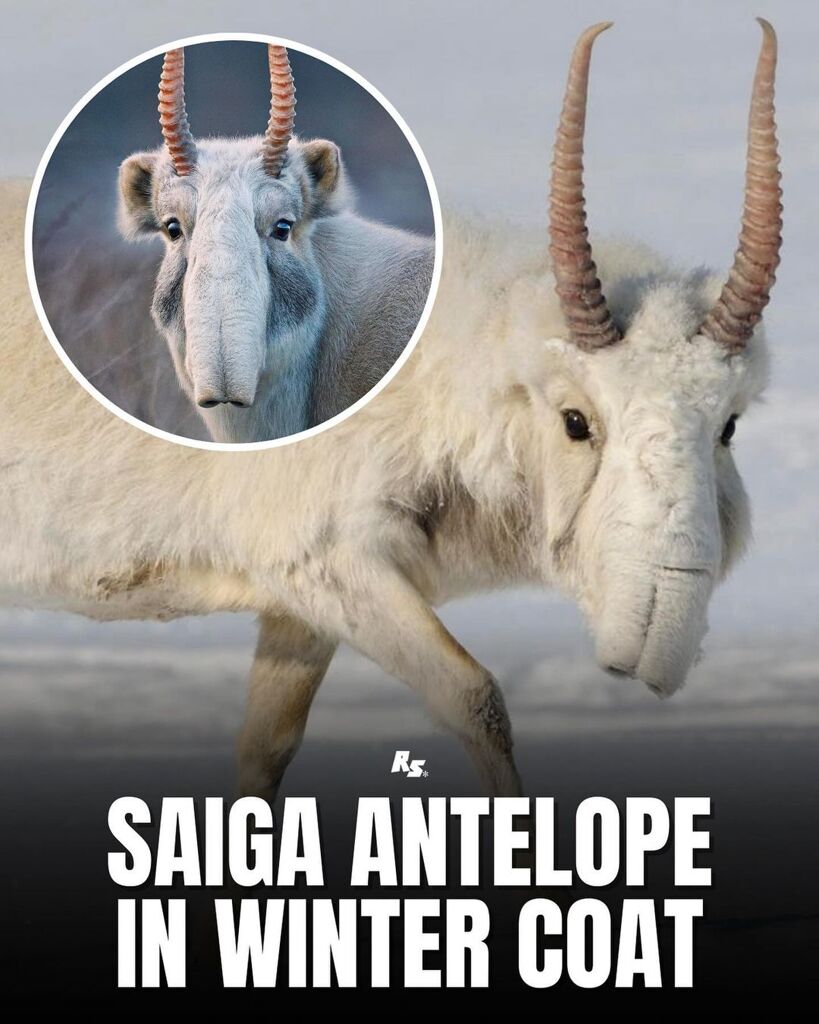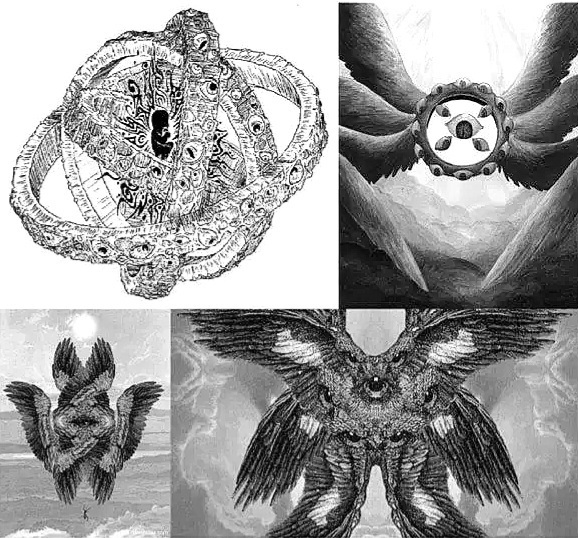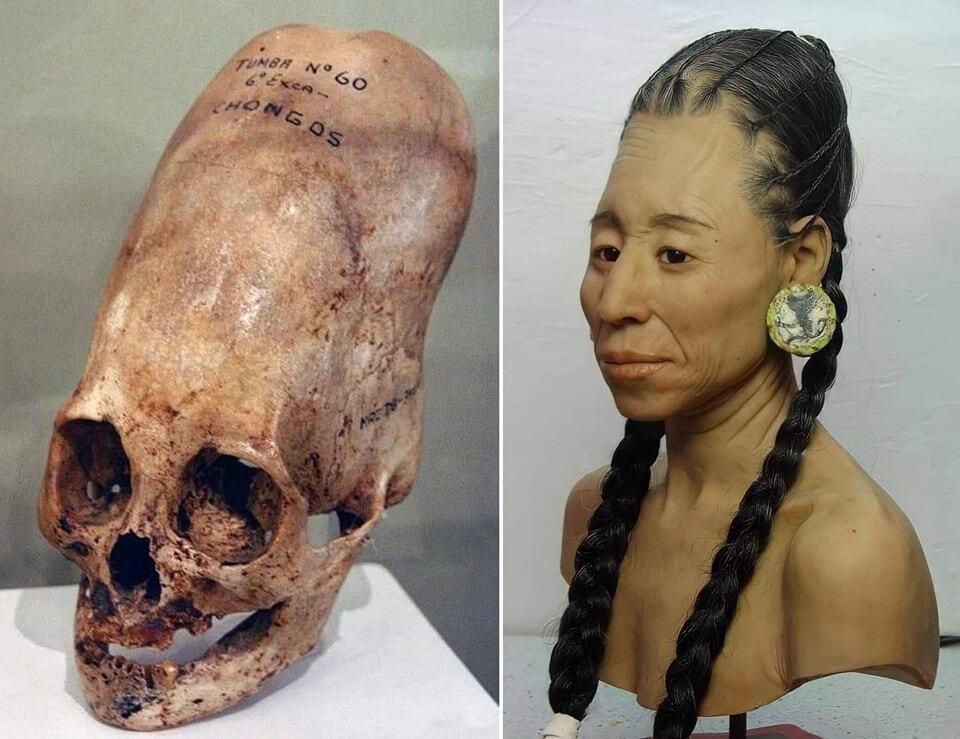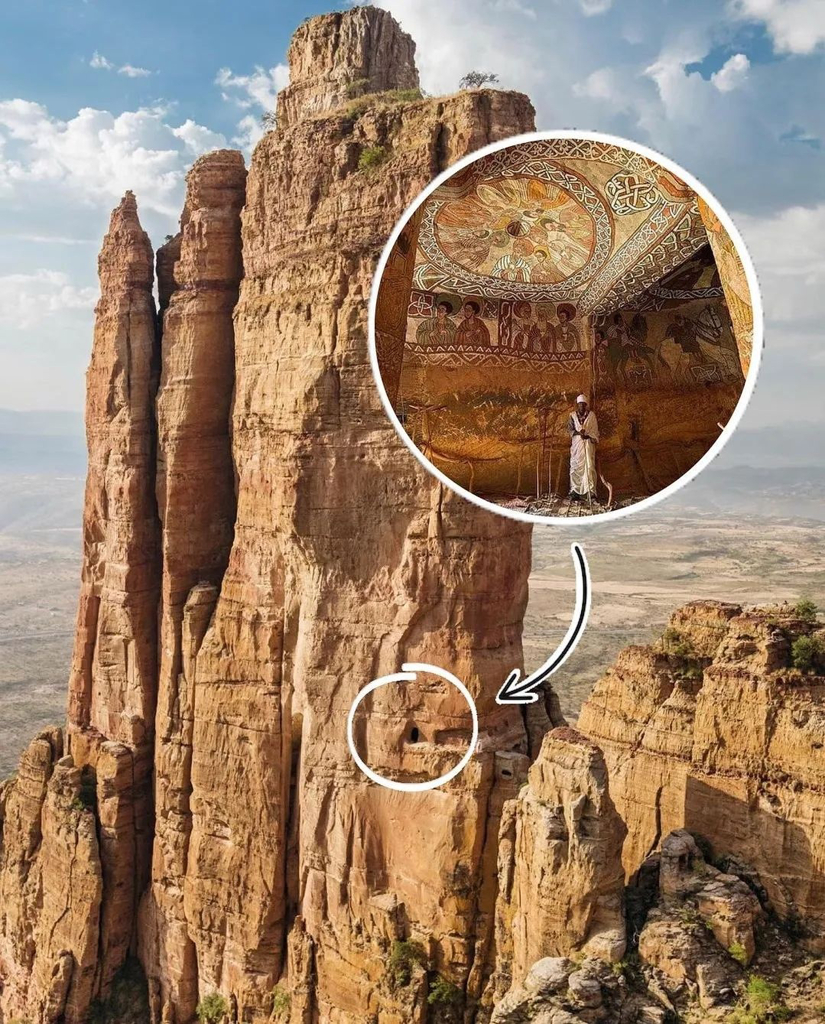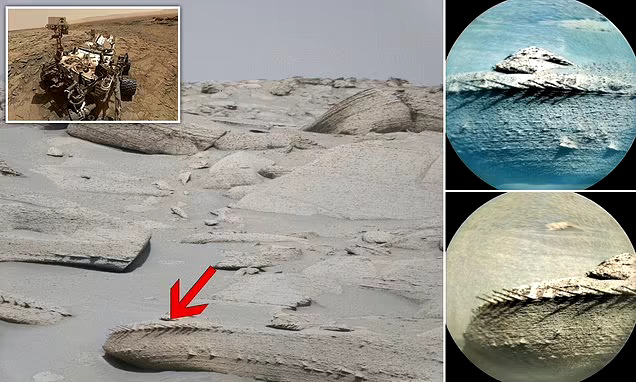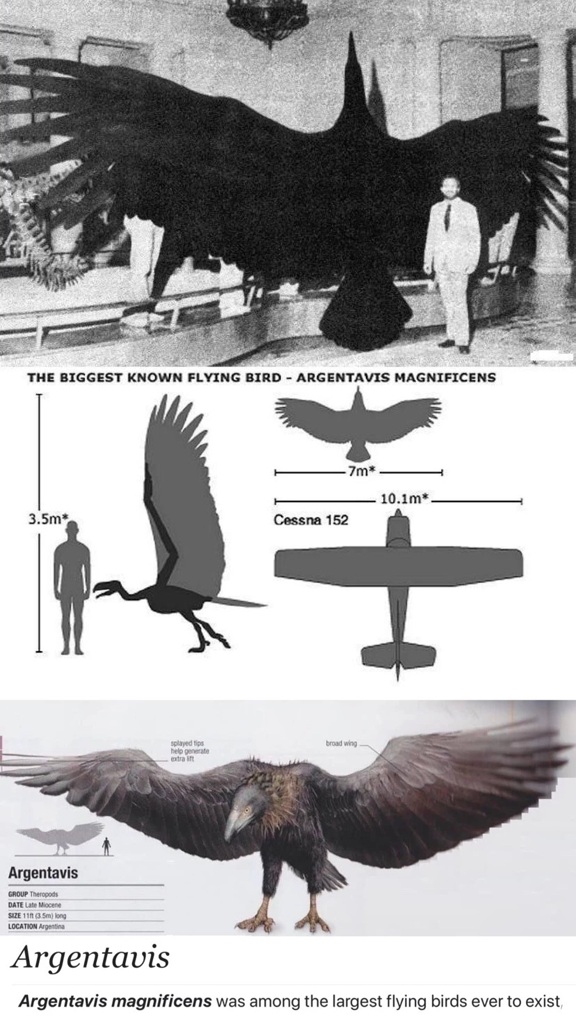Our Sun is a 4.5 billion-year-old yellow dwarf star – a hot glowing ball of hydrogen and helium – at the center of our solar system. It’s about 93 million miles (150 million kilometers) from Earth and it’s our solar system’s only star. Without the Sun’s energy, life as we know it could not exist on our home planet.
The Sun formed in a giant, spinning cloud of gas and dust called the solar nebula. As the nebula collapsed under its own gravity, it spun faster and flattened into a disk. Most of the nebula's material was pulled toward the center to form our Sun, which accounts for 99.8% of our solar system’s mass. Much of the remaining material formed the planets and other objects that now orbit the Sun. (The rest of the leftover gas and dust was blown away by the young Sun's early solar wind.)
The Sun doesn’t have a solid surface like Earth and the other rocky planets and moons. The part of the Sun commonly called its surface is the photosphere. The word photosphere means "light sphere" – which is apt because this is the layer that emits the most visible light. It’s what we see from Earth with our eyes.
Although we call it the surface, the photosphere is actually the first layer of the solar atmosphere. It's about 250 miles thick, with temperatures reaching about 10,000 degrees Fahrenheit (5,500 degrees Celsius). That's much cooler than the blazing core, but it's still hot enough to make carbon – like diamonds and graphite – not just melt, but boil. Most of the Sun's radiation escapes outward from the photosphere into space.
Like all stars, our Sun will eventually run out of energy. When it starts to die, the Sun will expand into a red giant star, becoming so large that it will engulf Mercury and Venus, and possibly Earth as well. Scientists predict the Sun is a little less than halfway through its lifetime and will last another 5 billion years or so before it becomes a white dwarf.
